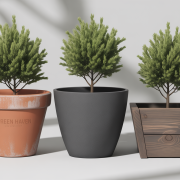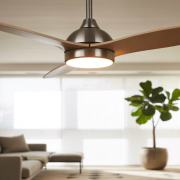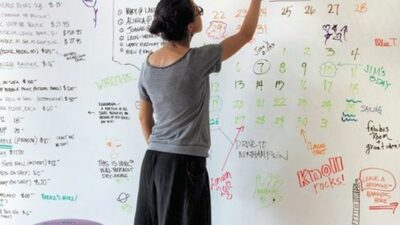Whether you’re looking to buy your first home, or you’re an experienced homebuyer, the process of buying a home can be daunting – particularly if you’re living with a disability.
Having a disability doesn’t mean that you can’t own your own home, but it does mean that there are some special considerations that you should take into account before making such an important decision. In this article, we’ll look at some of the key things to consider when buying a home as a person with a disability, including invisible disabilities.
Is It Harder to Purchase a Home as a Disabled Person?
Buying a home is never an easy process, but those with disabilities may encounter additional considerations. They must consider special accommodations that can be made to their lifestyle, how accessible their surrounding environment is, or if they will even be able to secure a loan. Fortunately, it is entirely possible for those with disabilities to own their own homes.
There are numerous programs that provide financial assistance and grants specifically for the disabled community, which certainly helps the process become more manageable. Additionally, there are low-interest government loans available for people with disabilities that are working to purchase a home of their own.
This can make all the difference when trying to apply for a loan and manage the burden of mortgage payments. Owning a home should be accessible to all people regardless of physical or mental capabilities and luckily there are organizations out there dedicating themselves to helping this happen!
Look for an Accessible Home Design
Accessible home design is a great way to make sure everyone in your family can enjoy the layout of your home in a safe and comfortable manner. Making sure hallways, stairs and doorways are wide enough for wheelchairs, electric scooters and walkers allows for easy navigation throughout the house.
Additional features like lever-style door handles make it easier for those with limited dexterity to enter rooms with ease. Investing in deep card shelves and adjustable counters in the kitchen adds convenience to meal preparation tasks.
Hands-free faucets and voice activated lighting reduces the need to touch surfaces while still providing sufficient light and water when needed. With accessible design, everyone can feel included no matter their ability level or lifestyle.
Pay Attention to Outdoor Factors Too
When searching for potential homes, don’t forget to pay attention to outdoor factors like gutters and lawns. Are they accessible and easy enough for someone with a disability to manage? Do they require special care or attention in order to stay maintained in top condition? If so, this could add extra costs into your budget which need considering in advance.
For people with disabilities, the environment of their home can make a big difference in their day. From crossing a threshold to simply stepping outdoors, outdoor factors such as inclines, stairways, sidewalks, and driveways can create serious challenges for those living with mobility impairments.
Along with physical barriers from roads and sidewalks, many disabilities can be worsened by extreme weather conditions like high heat or cold temperatures. Taking steps to ensure these outdoor threats are addressed before they become a problem is essential for making sure people with limited mobility are able to enjoy their homes safely and comfortably.
Buying a home as someone with a disability can feel overwhelming – but it doesn’t have to be! By taking into account some key considerations such as accessibility designs, outdoor factors and keeping up-to-date with medical appointments – you will be well on your way towards finding your perfect home! With careful consideration and preparation, owning your own home is possible and could be one of the most rewarding experiences of your life! Good luck!













Comments